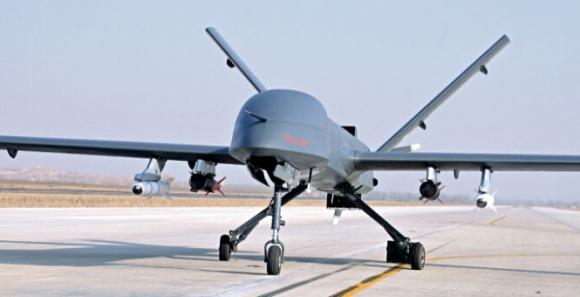China has officially assumed the capacity for global projection with its long-range armed drones. To date, Chinese drones such as the CH-3 and CH-4 of the family Rainbow they were not able to perform what is technically called "remote split operation". Remote connection only occurred through direct communications line-of-sight with the ground station. This necessarily forced the operator to be close to the operational area. Despite the success of international sales (Myanmar, Saudi Arabia, Nigeria, Iraq, Egypt), this gap limited the use of Chinese platforms a few hundred kilometers from their base.
The latest tests have shown the acquisition of satellite control for Chinese drones. Two different fire tests were successfully conducted by a CH-4 drone that launched anti-tank missiles at targets over a thousand kilometers away from the control station. It is therefore correct to speak of global attack capacity for Chinese UCAVs.
The CH-4B platform weighs 13500 kg and is able to carry a payload of 354 kg. Its autonomy is 35 hours while it is able to launch missiles from 5 thousand meters of altitude. A certain resemblance to the is undeniable Reaper USA (the design of the Chinese drone is practically identical to the US one).
Implement electro-optical sensors for improved multispectral capability, software for monitoring and identification of moving targets and inertial guidance to improve accuracy and its assessment position in adverse conditions. Its new turret has a digital camera that transmits at a resolution of 1080p able to identify the face of a man at 20 km away. It would not be risky to assume the start of long-range satellite operations for Chinese drone customers.
It's just an evolutionary step, first reserved only for a few, in the history of drone proliferation. The satellite control cancels the reference logistic presence and extends the range of a local control station. These capabilities demonstrate Chinese advances in satellite technology for remote control and a growing confidence in the use of orbital communication assets to support defense activities, such as, for example, corrections for anti-ship missiles and support for special operations.












